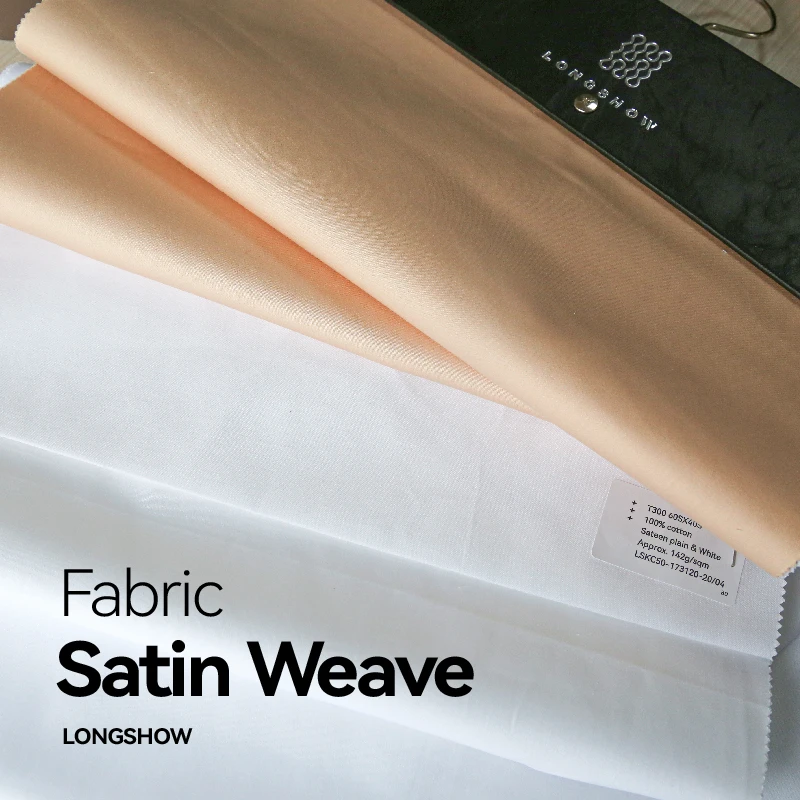bed linen
The Essential Guide to Bed Linen Elevate Your Sleep Experience
When it comes to creating a cozy and inviting bedroom, the importance of high-quality bed linen cannot be overstated. The right bed linen not only enhances the aesthetic appeal of your bedroom but also plays a crucial role in ensuring a good night's sleep. In this article, we will explore the different types of bed linen available, how to choose the best options for your needs, and tips for maintaining them to prolong their life.
Understanding Bed Linen
Bed linen refers to the fabric used for covering mattresses and pillows, which typically includes sheets, pillowcases, duvet covers, and sometimes, bedspreads or comforters. The choice of materials greatly impacts comfort, durability, and temperature regulation. Here's a breakdown of commonly used fabrics
1. Cotton Known for its breathability and softness, cotton is a popular choice for bed linen. It comes in various weaves, such as percale, which is crisp and cool, and sateen, which is silky and smooth. Cotton bed linens are generally easy to care for and durable.
2. Linen Made from the flax plant, linen is prized for its natural texture and breathability. It's highly absorbent and has the ability to wick moisture away, making it an excellent choice for hot sleepers. However, linen tends to wrinkle easily, which may not appeal to everyone.
3. Microfiber This synthetic material is known for its softness and stain resistance. Microfiber bed linen is often more affordable and comes in a vast variety of colors and patterns. However, it may not be as breathable as natural fabrics, which can affect comfort during warmer months.
4. Bamboo A relatively new contender in the bedding world, bamboo fabric is made from the pulp of bamboo grass. It is incredibly soft, hypoallergenic, and has natural antibacterial properties. Additionally, bamboo linen is highly moisture-wicking and breathable.
bed linen

Choosing the Right Bed Linen
When selecting bed linen, consider factors such as thread count, fabric type, and climate. A higher thread count often translates to softer fabric, but it's important to balance this with the type of weave. For example, cotton percale sheets typically have a lower thread count but feel crisp and cool, while sateen sheets offer a luxurious feel at a higher thread count.
Additionally, think about your sleeping habits. If you tend to get hot during the night, breathable materials like cotton or linen may be best. Conversely, if you live in a cooler climate, you might opt for a heavier duvet cover or flannel sheet set for added warmth.
Caring for Your Bed Linen
To ensure your bed linen lasts, it's important to follow proper care instructions. Always check the labels for washing instructions, and wash sheets in cold water to preserve color and quality. Avoid using fabric softeners, as they can break down the fibers over time. Instead, opt for vinegar or baking soda to maintain freshness. It's also advisable to replace your bed linen every 5-7 years or as soon as you notice any signs of wear and tear.
Conclusion
Investing in high-quality bed linen is an essential step toward creating a serene and comfortable sleeping environment. By understanding the different types of fabrics, choosing the right materials for your needs, and caring for your linens properly, you can significantly enhance your sleep experience. After all, good sleep is foundational for health and well-being, making bed linen an important factor in your overall quality of life. Embrace the transformative power of bed linen and turn your bedroom into a restful sanctuary.
-
natural-bamboo-sheets-for-sensitive-skin-reliefNewsAug.22, 2025
-
organic-cotton-bed-sheet-fabric-certification-explainedNewsAug.22, 2025
-
Creating a Spa Day with Plush Waffle Bath RobesNewsAug.14, 2025
-
How to Cut Linen Maintenance Costs by 30% with Proper Polycotton IroningNewsAug.11, 2025
-
Elevating Comfort and Quality with the Right Bed LinenNewsJul.07, 2025
-
Bedding Essentials: From Percale Sheets to White Quilts, Finding Your Perfect Sleep HavenNewsJul.07, 2025
-
Choosing the Right Bedding for a Comfortable and Stylish BedroomNewsJul.07, 2025






